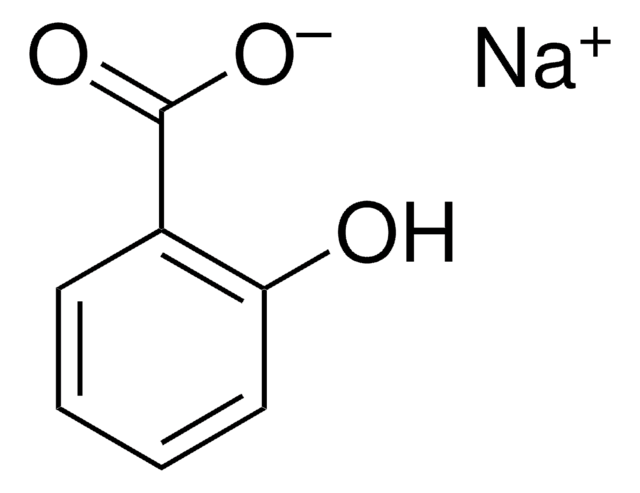202711
Barium carbonate
99.999% trace metals basis
Synonym(s):
Barium monocarbonate, Witherite
About This Item
Recommended Products
Quality Level
Assay
99.999% trace metals basis
form
powder and chunks
impurities
≤15.0 ppm Trace Metal Analysis
SMILES string
[Ba++].[O-]C([O-])=O
InChI
1S/CH2O3.Ba/c2-1(3)4;/h(H2,2,3,4);/q;+2/p-2
InChI key
AYJRCSIUFZENHW-UHFFFAOYSA-L
Looking for similar products? Visit Product Comparison Guide
General description
Application
- A precursor for the preparation of BaTiO3 nanoparticles, a dielectric material which is useful for manufacturing multilayer ceramic capacitors.
- A precursor for the synthesis of barium titanate thin films, which finds applications in photovoltaic devices.
Barium carbonate can also be used in following applications:
- BaCO3 nanoparticles have been reported as catalysts for high-temperature oxygen reduction reactions (ORR) in solid oxide fuel cells (SOFCs).
- Barium carbonate-based nanomaterials have been employed for sensor and catalysis applications, with improved sensing performance using one-dimensional nanostructures.
- BaCO3 is used to make barium titanate for Multi-layer ceramic capacitor and composite oxides, as well as for PTC thermistors. It′s also used to make optical glass, sputter glass for semiconductors, and as a component of phosphor materials.
Signal Word
Warning
Hazard Statements
Precautionary Statements
Hazard Classifications
Acute Tox. 4 Oral
Storage Class Code
13 - Non Combustible Solids
WGK
WGK 1
Flash Point(F)
Not applicable
Flash Point(C)
Not applicable
Personal Protective Equipment
Choose from one of the most recent versions:
Already Own This Product?
Find documentation for the products that you have recently purchased in the Document Library.
Customers Also Viewed
Articles
White solid-state light can be generated using three different approaches: By employing three diodes that emit red, green and blue light respectively, by using a near-UV LED that excites several phosphors that emit over the complete spectral range, or the third, most widely used alternative entailing down-conversion of a portion of blue LED light to longer wavelengths in such a manner that white light emerges.
Spectral conversion for solar cells is an emerging concept in the field of photovoltaics, and it has the potential to increase significantly the efficiency of solar cells. Lanthanide ions are ideal candidates for spectral conversion, due to their high luminescence efficiencies and rich energy level structure that allows for great flexibility in the upconversion and downconversion of photons in a wide spectral region (NIR-VIS-UV).
Our team of scientists has experience in all areas of research including Life Science, Material Science, Chemical Synthesis, Chromatography, Analytical and many others.
Contact Technical Service








